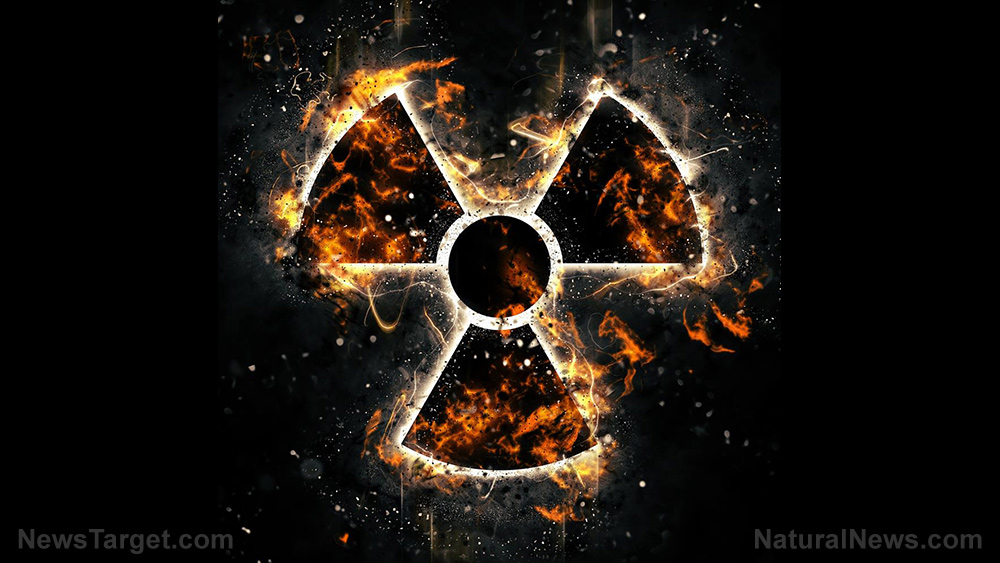
All it would take for the United States to crumble back into the Dark Ages would be for one nuclear explosion to be detonated over the nation, says Steven Starr, author of the book Nuclear High-Altitude Electromagnetic Pulse.
Not only would communications systems be destroyed but so would the entire power grid, including all electric devices and even the nation's nuclear power facilities. And it would be as easy as pie to accomplish, Starr warns, because America's civilian infrastructure is unprotected.
The U.S. military has spent untold billions protecting its infrastructure from EMPs, but America's civilian infrastructure is completely vulnerable. Every time EMP protection bills are presented before Congress, elected officials from both sides of the aisle overwhelmingly vote them down.
A mere four percent of America's military budget would be more than enough to outfit the nation's power grid and civilian infrastructure with EMP protection. Washington will never do it, though, even as it pours billions of U.S. taxpayer dollars into endless wars in Ukraine, the Middle East and elsewhere.
"
(Related: Have you checked out our report about how to prepare for an EMP threat?)
A single nuclear warhead over Ohio would cripple the nation
According to Starr, all it would take is for a single nuclear warhead to explode 105 miles above Ohio. Because the blast would be far above the atmosphere, no blast or fire effects would be felt on Earth other than "a gigantic electromagnetic pulse, or EMP."
"In one billionth of a second, the initial EMP E1 wave will cause massive voltages and currents to form within power lines, telecommunication lines, cables, wires, antennas, and any other electrically conductive material found beneath the nuclear detonation in a circular area covering hundreds of thousands of square miles," he explains about the fallout.
"Unshielded electronic devices within ground, air, and sea transportation systems, water and sanitation systems, fuel and food distribution systems, water and sanitation systems, telecommunication systems, and banking systems would all be simultaneously knocked out of service – and all these systems would be disabled until the solid-state electronics required to operate them could be repaired or replaced."
The same E1 wave would instantly pulverize millions of glass insulators used on the nation's 15 kilovolt-class electric power distribution lines, resulting in the instantaneous loss of about 78 percent of the nation's electricity at agricultural, commercial and residential facilities.
"The loss of a single insulator on a line can knock out power distribution on the entire line," Starr says.
"At the same instant, the massive voltage and current induced by the E1 wave will dame agand destroy the relays, sensors, and control panels at 1783 High Voltage Substations, knocking out the entire electric power grid in the eastern half of the United States."
Between one and 10 seconds after the nuclear detonation, the EMP's E3 wave would spark powerful current flows in power lines both above and below ground. Most of the nation's large power transformers and extra high-voltage circuit breakers used in long-distance energy transmission would break all at once, leaving entire regions of the country without power for a year or more.
"This is because Large Power Transformers are not stockpiled and the current wait time for their manufacture is 18 to 24 months; they must be custom designed and manufactured and about 80% are made overseas," Starr explains. "They each weigh between 200 and 400 tons and must be shipped by sea and moving them to their final destination is quite difficult even under normal circumstances."
"Because nuclear power plants are not designed to withstand the effects of EMP, the solid-state electronics within their backup electrical and cooling systems would also be damaged and disabled. The failure of their Emergency Power Systems and active Emergency Core Cooling Systems will make it impossible to cool their reactor cores after emergency shutdown; this will quickly lead to reactor core meltdowns at dozens of nuclear power plants."
More related news can be found at EMP.news.
Sources for this article include:
Please contact us for more information.















